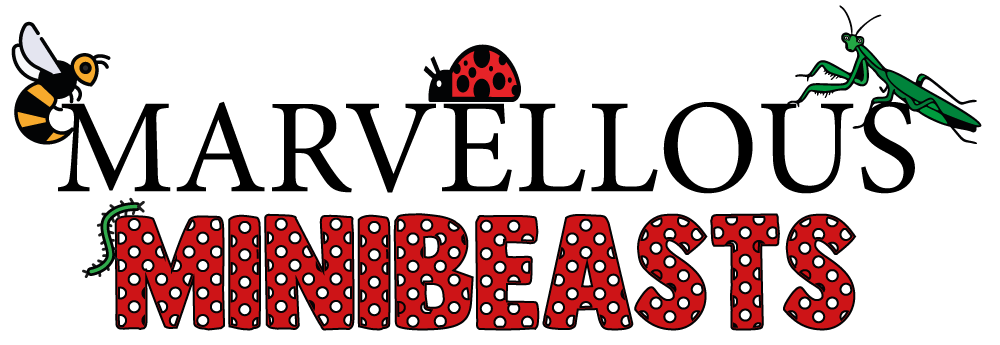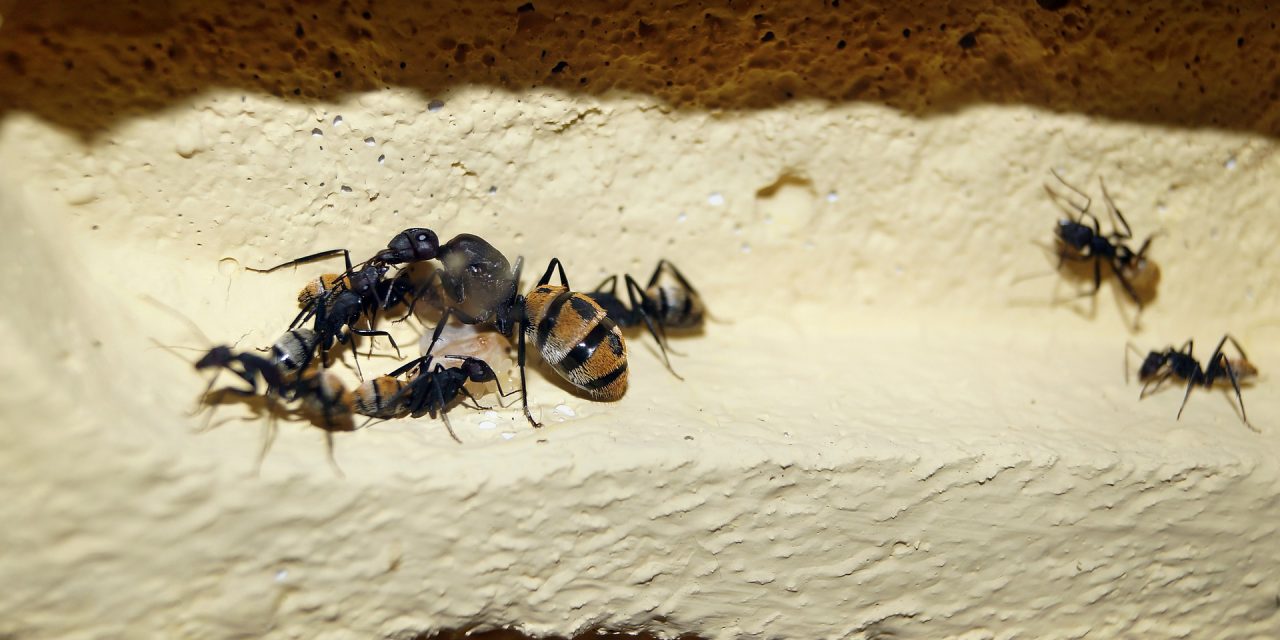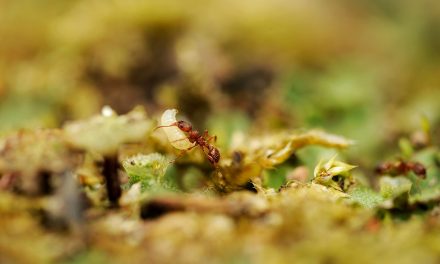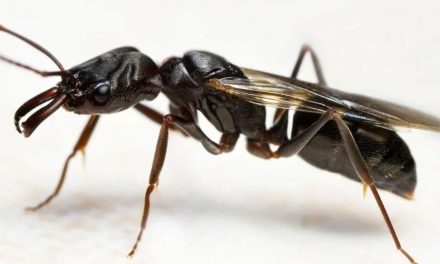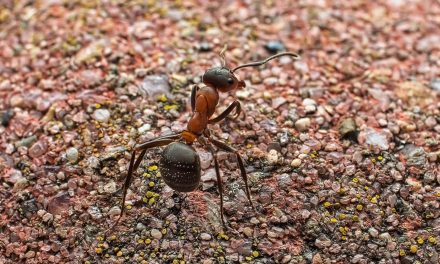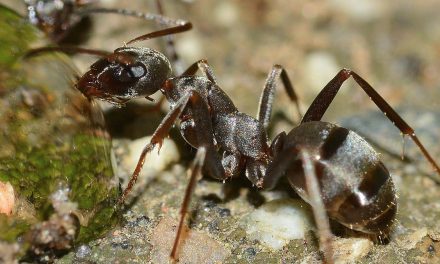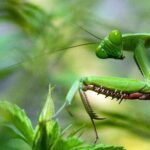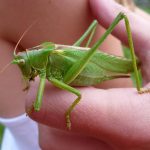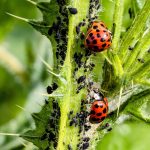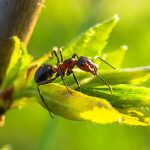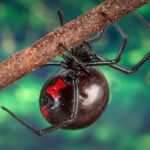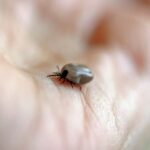Ants are relatively small insects. However, what they lack in size, they more than make up for in numbers. There can be thousands or even millions of ants living in a single ant colony. although the size of the colony will vary depending on the species of ants that live there.
Despite the fact that a single colony can be home to potentially millions of ants, the queen ant is the most important member of the colony. Her survival is essential; without a queen ant, the colony would perish. Which leads us to the question: can you add workers from a different colony? Keep reading to find out.
What types of ants are in an ant colony?
There are four specific kinds of ants that can be found in an ant colony.
The queen
The queen ant is the largest of all the ants that live in the colony; she is also the most important. Without her, the colony would not survive. The queen ant will care for her brood until the first lot of workers arrives. Her sole responsibility after that is to continue producing offspring.

Drones
The second type of ant is known as a drone, and these are male ants whose only purpose in life is to mate with the queen. Shortly after mating, they will die.
workers
The third type of ant is largely made up of worker ants. The worker ants are in charge of caring for the young, foraging for food, defending the colony and invading other colonies. All of the ants that are found outside of the nest are the worker ants, which are all female.

Soldiers
Soldiers are worker ants that are responsible for protecting both the queen and the colony. They are smaller than the queen but larger than the workers, and they typically have larger mandibles, which help them defend themselves against predators and other potential threats.

Winged males
Last but not least, are the winged males and females of the colony, also known as alates. These ants are the only ones in the colony that have wings. These ants will leave the colony and establish new colonies in other locations. The winged females will become queens of their own colonies, while the males will transition into the role of drones.

Can you add workers from a different colony?
The simple answer is no, you can’t add workers from another colony. Ants that live in the same colony release special chemicals called pheromones. If an ant from a rival colony tried to enter, they would be able to detect it and attack it before it could get in.
A founding queen will need to lay thousands of eggs to populate a colony, and the numbers can be decimated if a rival colony decides to attack. When this happens, some species of ant will go on raids to other colonies to steal workers and brood in order to boost their numbers.
The raider ants have become more specialised in their roles; they are no longer responsible for maintaining the nest or providing food for the colony. As a result, the slave ants will take over these responsibilities.
One species of wood ant found in the UK, Formica sanguinea, is known to engage in this behaviour of raiding and parasitizing its close relatives, Formica fusca and Formica lemani.
There will be times when the enslaved ants revolt. Some of the slave workers have been known to attack the offspring of their captors by eating the pupae or leaving them in a corner to die.
Are ants a type of bug?
No, ants are classified as insects. Insects are animals without backbones. They usually have antennae, six legs, and a body with three parts: the head, the thorax, and the abdomen. They have a hard exoskeleton and one or two pairs of wings.
Insects have mouthparts that are designed for chewing. They go through pupa or chrysalis stages of development from which the adult emerges.
The word “insect” comes from the Latin word “insectum“. The classification of insects can be broken down into a number of orders and families, some of which include ants, bees, dragonflies, beetles, wasps, grasshoppers, flies, butterflies, cicadas, stink bugs, and flies.

Bugs have antennae; some also have wings; their mouthparts are designed for sucking; and they go through nymphal stages of development.
A nymph is a juvenile version of an adult. “True bugs” include a wide variety of insects, including cicadas, bed bugs, aphids, stink bugs, and termites.
So while it might be true that all insects are bugs, that doesn’t mean that all bugs are insects. For example, all ants are insects, but not all insects are ants.
What is the typical lifespan of an ant?
The typical lifespan of an ant can vary greatly depending on the species. The life span of some species is on the shorter side, while that of others is significantly longer. Here are some examples:
Black garden ants
The average lifespan of a worker of the common black garden ant is between one and two years. The queen, on the other hand, has been known to live as long as 15 years, and there has been evidence of even longer lifespans.
Black carpenter ants
The life span of a carpenter worker ant is anywhere from 5-7 years. However , their queen is said to have lived for an unbelievable 25 years.
Pharaoh ants
Pharaoh ant workers can live for up to 10 months. However, the lifespan of their queens is only about 12 months, making them a relatively short-lived species.
Red fire ants
The life cycle of worker fire ants is approximately 5-7 weeks. The queen, on the other hand, has a lifespan of up to 7 years.

If you have a colony of ants with no queen, can you replace her?
No, you cannot replace a queen if she dies. The new queen doesn’t have the same pheromones as the old queen, so it is likely the workers will see her as a threat and kill her.
In colonies that produce only one queen, the workers will continue to care for the brood until there are none left. Once all of the ants have reached adulthood, they will start to die off.
There are some circumstances in which a queen within a colony can be replaced by another queen. This usually only occurs when a colony has more than one queen or if the new queen is of the same species as the old one.
In some ant species, the passing of a queen will trigger a worker ant to begin laying eggs as a replacement. However, this will only prolong the colony’s demise because the eggs won’t be fertilised, resulting in the production of only male offspring.
